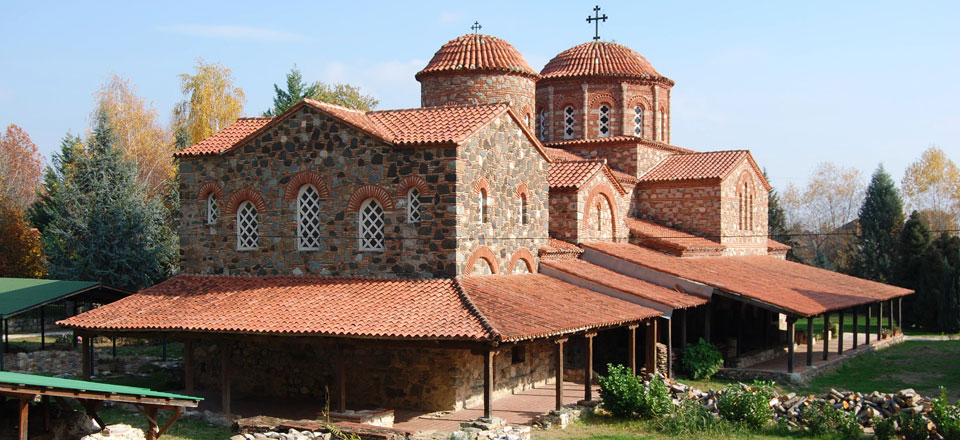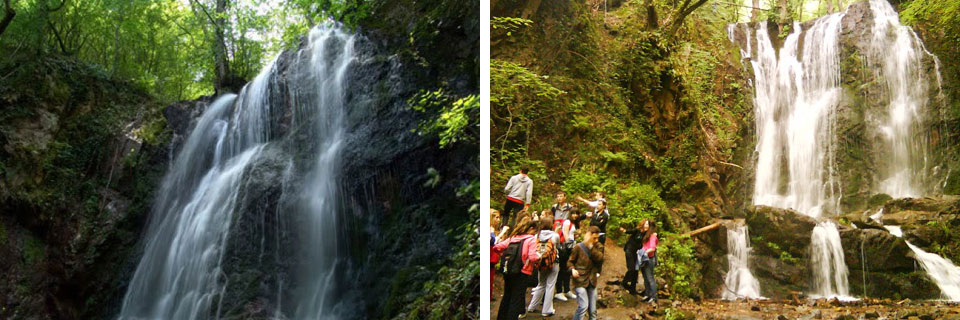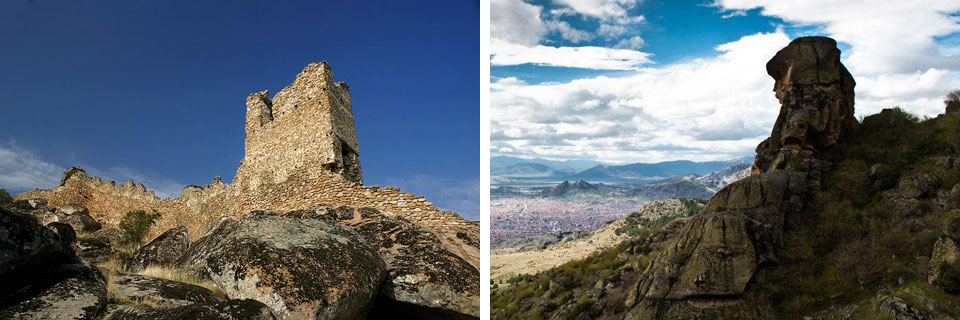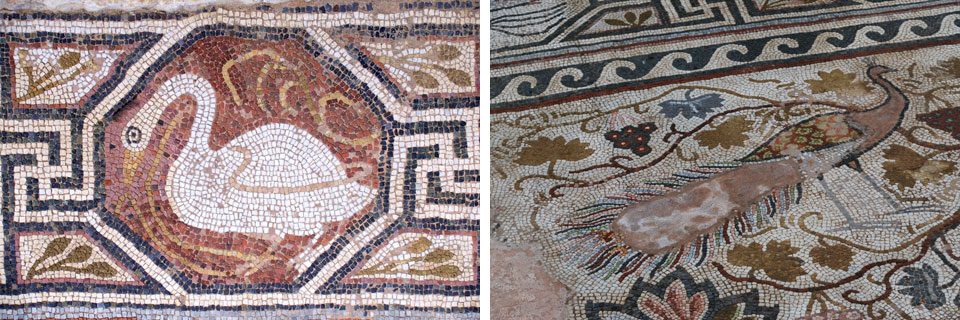Incentive Packages
Old Towns and Nature
Day 1
Departure from Skopje to Strumica.
Visit monastery complex "Vodocha".
Sightseeing of Strumica.
Visiting "Loven Dom" restaurant which is located on top of the town Strumica.
Spa and relax session in hotel "Sirius".
 Monastery Complex "Vodocha"
Monastery Complex "Vodocha"
SHORT DESCRIPTION ABOUT MONASTERY "VODOCHA"
In the 11th century the older church on the locality Complex Vodoca churches – St. Leontij in Vodoca is demodulated. The present church St. Leontij is a compilation of three churches (East, West, and Middle) and with the researches three phases are established. Nearby the church are found other architectonic remnants; allied objects and monastery complex; dining room; economic objects, two baths and Christian necropolis with more layers.
The church lies on an old object – basilica from the early Christian period from 5th and 6th century from which part of the marble decorative plastic is preserved.
Day 2
Visiting Smolarski and Koleshinski Waterfall's.
Departure from Strumica.
Visiting ancient town "Stobi".
Arriving in Prilep.
Sightseeing of Prilep.
 Koleshinski Waterfall
Koleshinski Waterfall
Day 3
Visiting "Markovi Kuli" fortress.
Climbing on mountain to the place called "MOMA" rock with shape of a girl (town keeper).
Departure from Prilep to Bitola.
 "Markovi Kuli" Fortress (left), "MOMA" (right)
"Markovi Kuli" Fortress (left), "MOMA" (right)
SHORT DESCRIPTION ABOUT "MARKOVI KULI"
Markovi Kuli are situated to the northwest of Prilep, Macedonia just above the village of Varoš. The towers of Serbian medieval Prince Marko Mrnjavčević are located on a 120-180 m high hill, surrounded by steep slopes covered with minute granite stones. The upper part of the former settlement can be reached from its north and south side.
The rampart on this terrain dates from the 13th and 14th centuries and is in good condition. The walls are about one meter thick and were built of limestone mortar and rest upon the large limestone rocks. According to some historical findings, until the second part of the 14th century and even later, this fortress was defended by only 40 soldiers.
Day 4
Climbing on Pelister mountain and visiting "Pelisterski oci" lakes.
Sigthseeing of Bitola.
 Pelister Mountain
Pelister Mountain
Day 5
Visiting ancient town "Heraclea".
Departure from Bitola to Skopje.
SHORT DESCRIPTION ABOUT HERACLEA
Heraclea Lyncestis also spelled Herakleia Lynkestis city situated 2 km south of the present-day town of Bitola, Republic of Macedonia. It was founded by Philip II of Macedon in the middle of the 4th century BC, after he had conquered the surrounding region of Lynkestis and incorporated it into his kingdom of Macedon. The city was named in honor of the mythological Greek hero Heracles. Theepithet Lynkestis means "the Land of the Lynx" in Greek.
 Heraclea Mosaics
Heraclea Mosaics
Heraclea was a strategically important town during the Hellenistic period, as it was at the edge of Macedon's border with Epirus to the west, and to the non-Greek world to the north, until the middle of the 2nd century BC, when the Romans conquered Macedon and destroyed its political power. The Romans divided Macedonia into 4 regions and Heraclea was in the fourth region. The main Roman road in the area, Via Egnatia went through Heraclea, and Heraclea was an important stop.
View Other Packages

